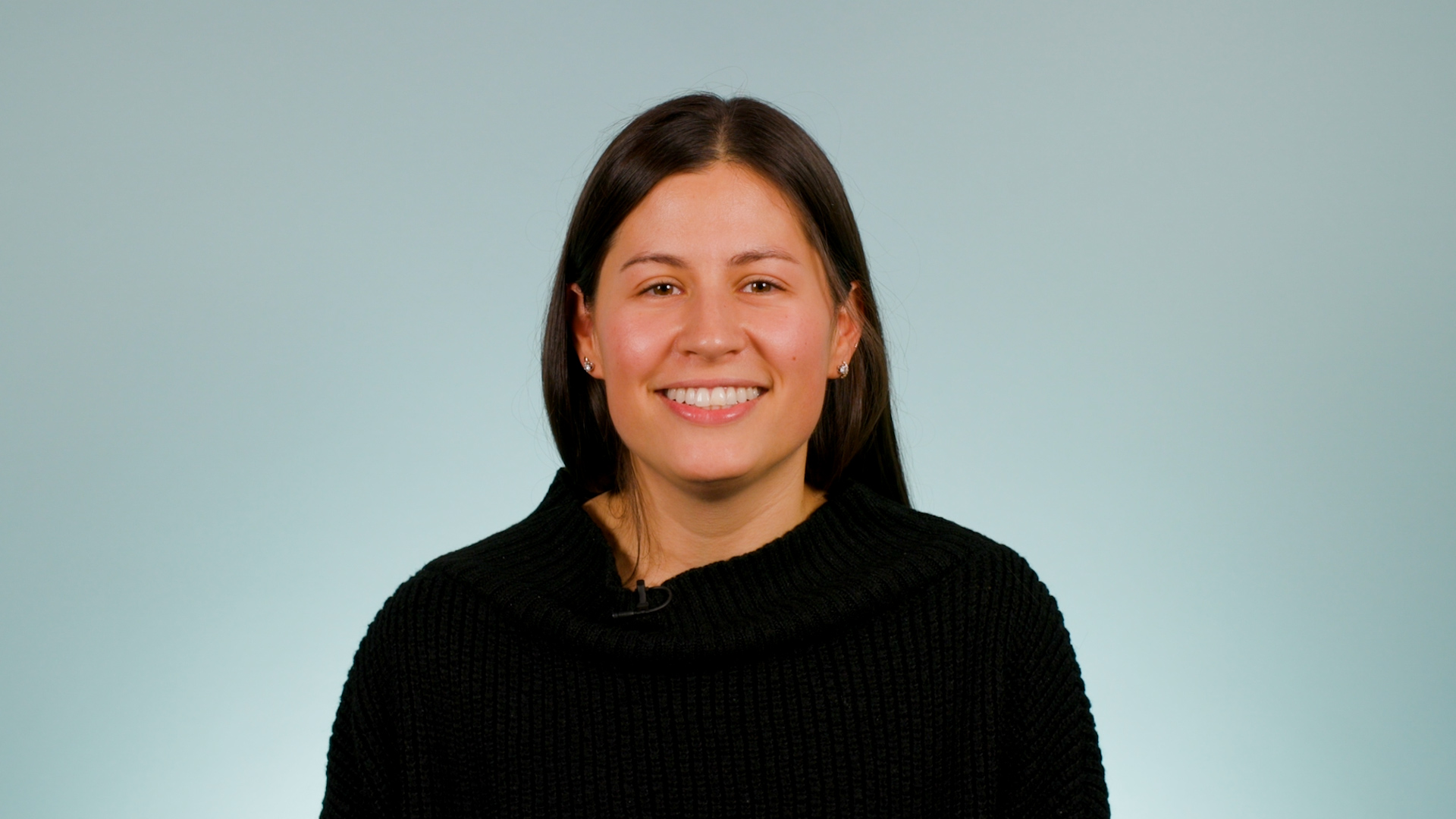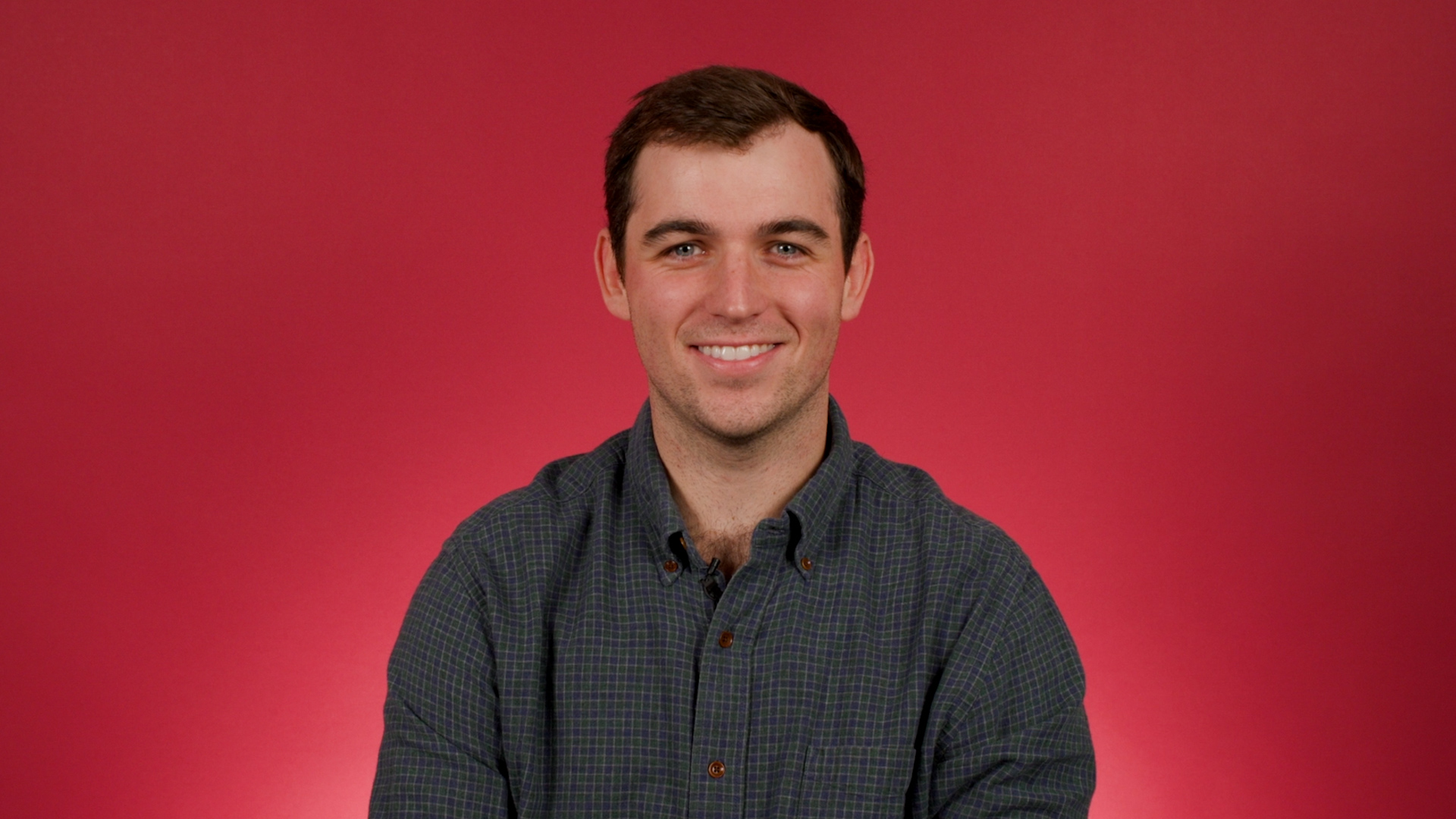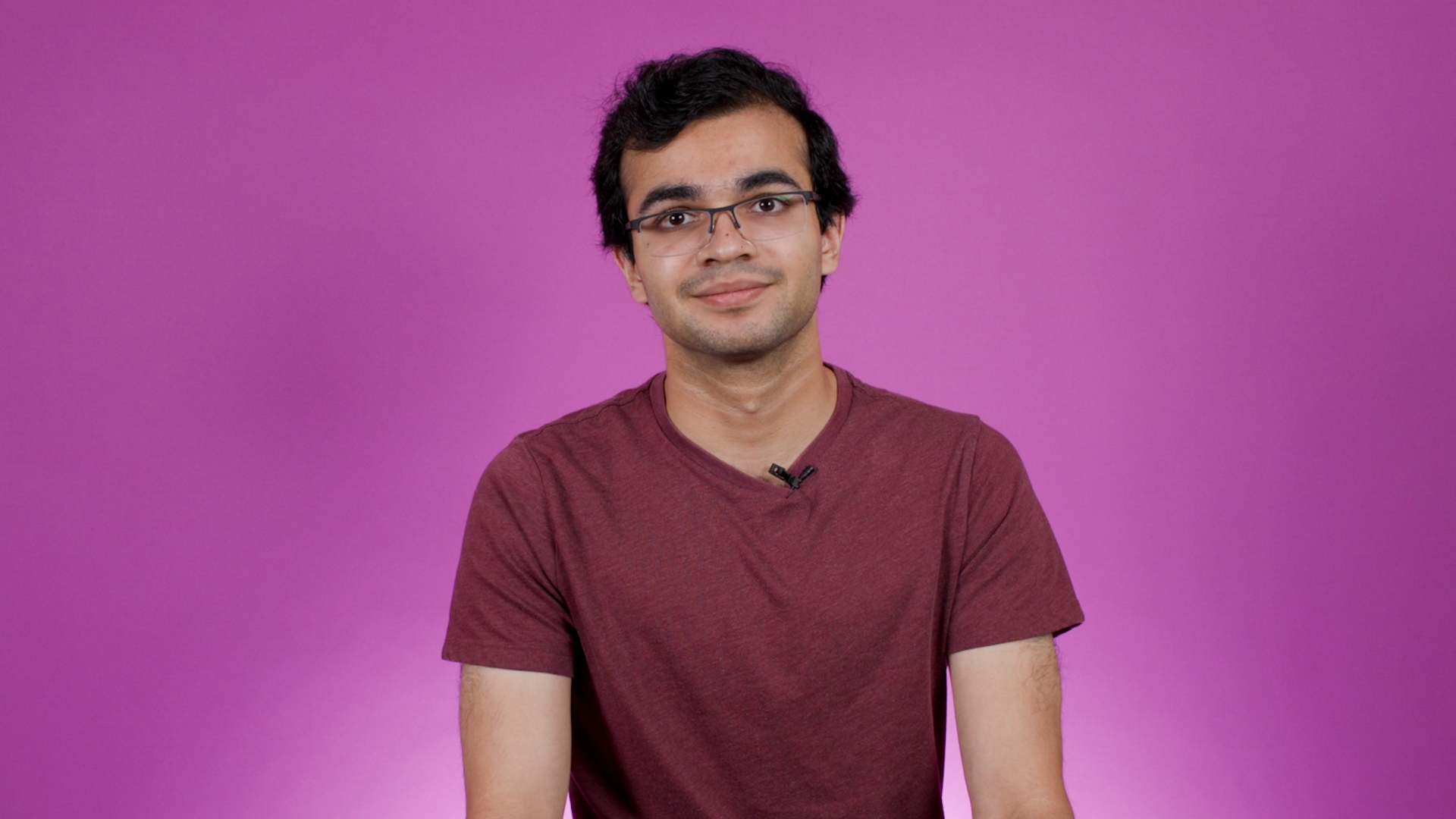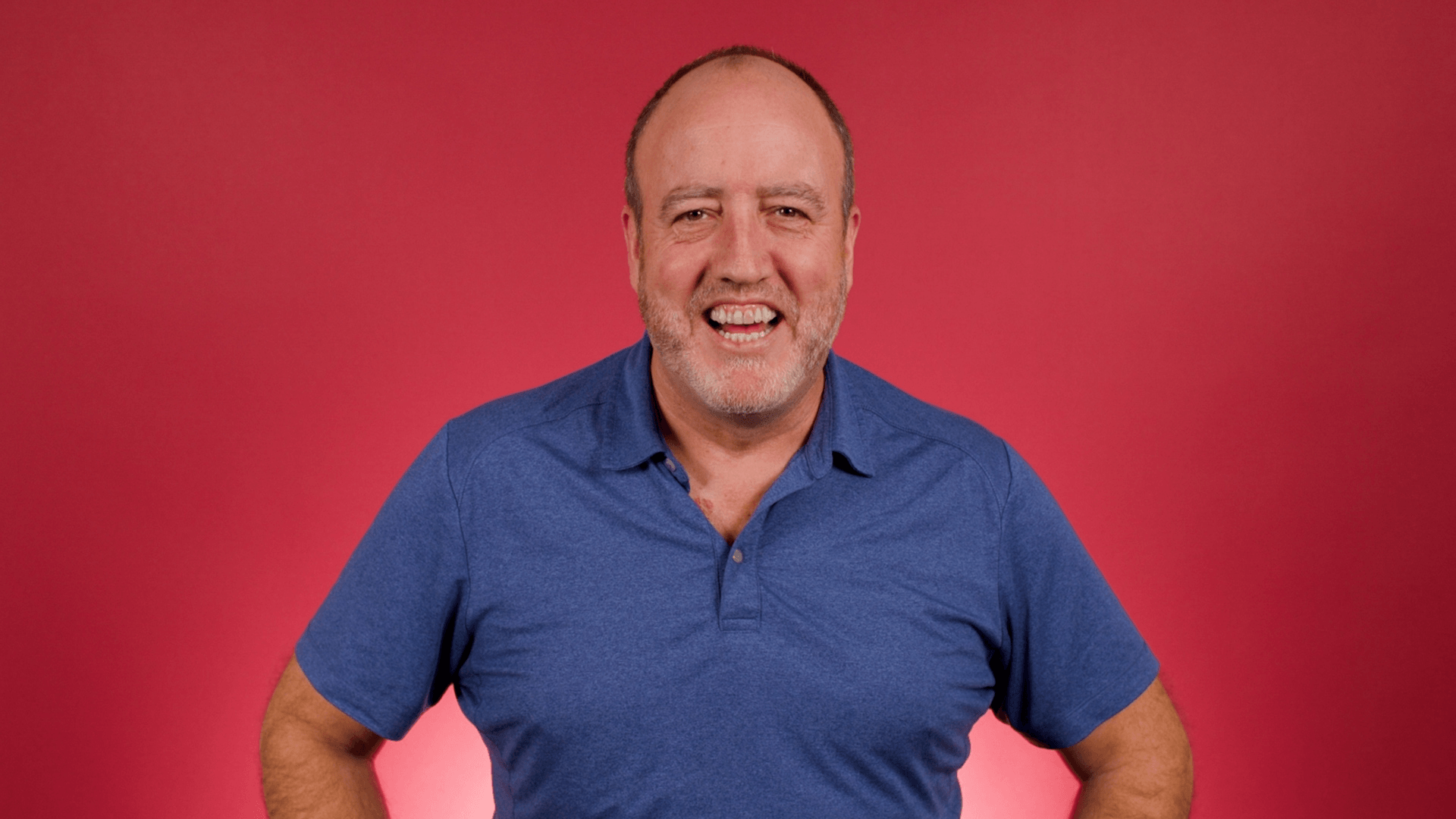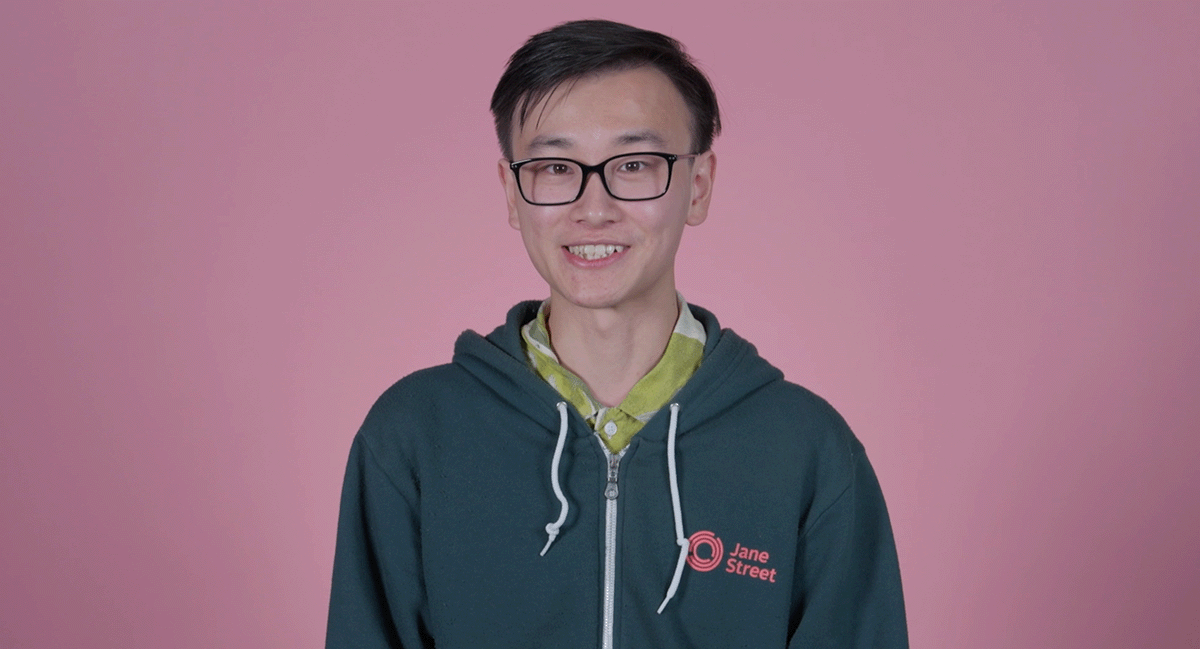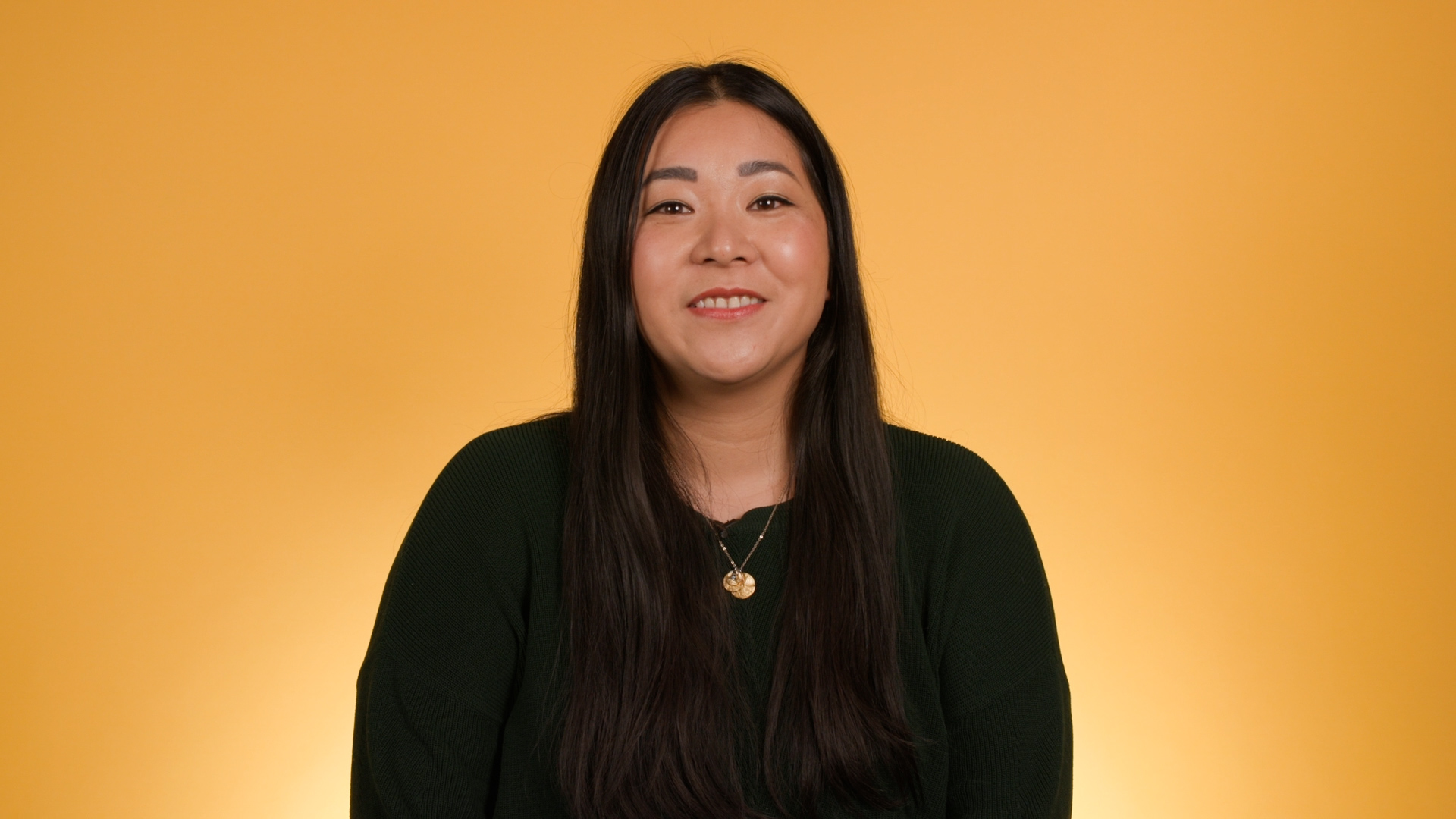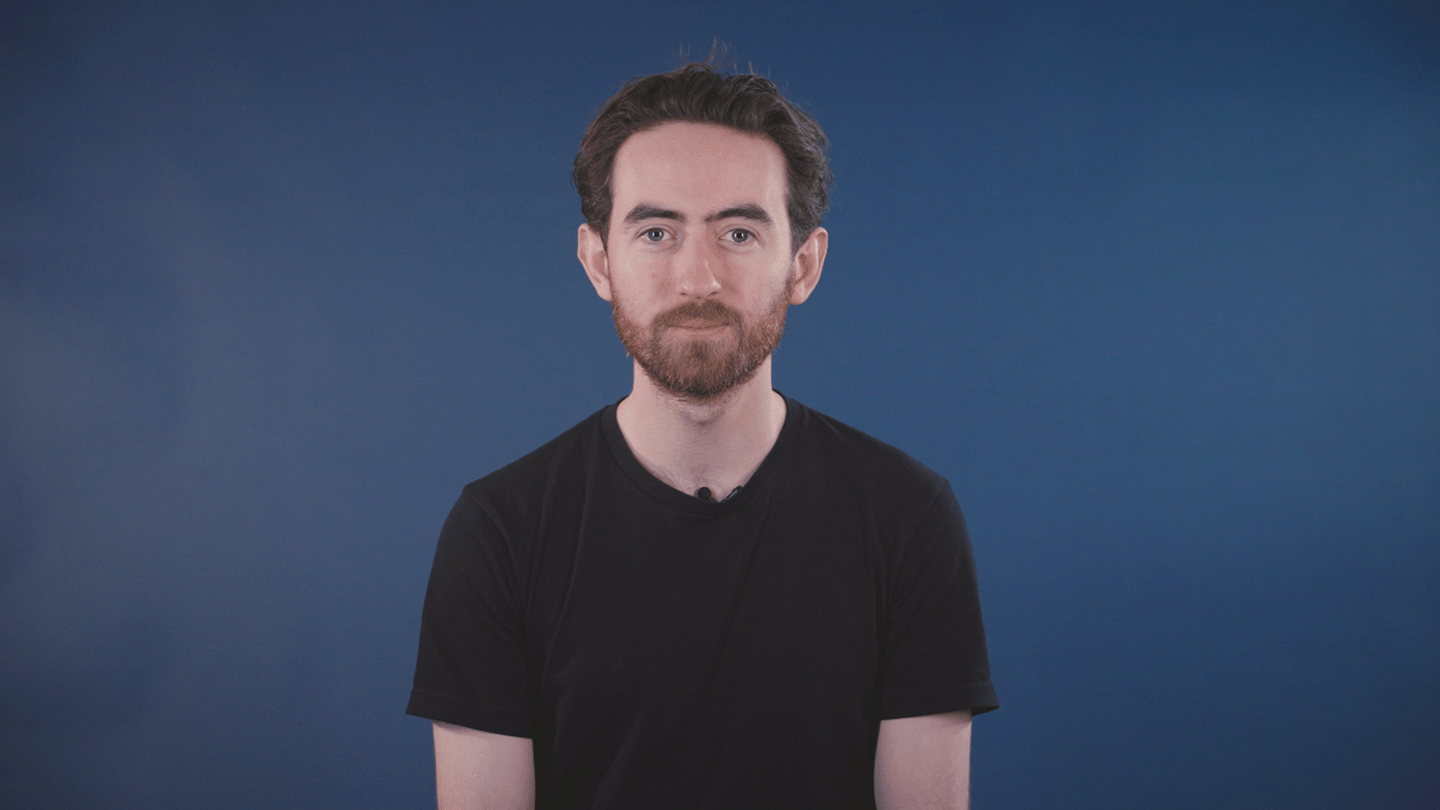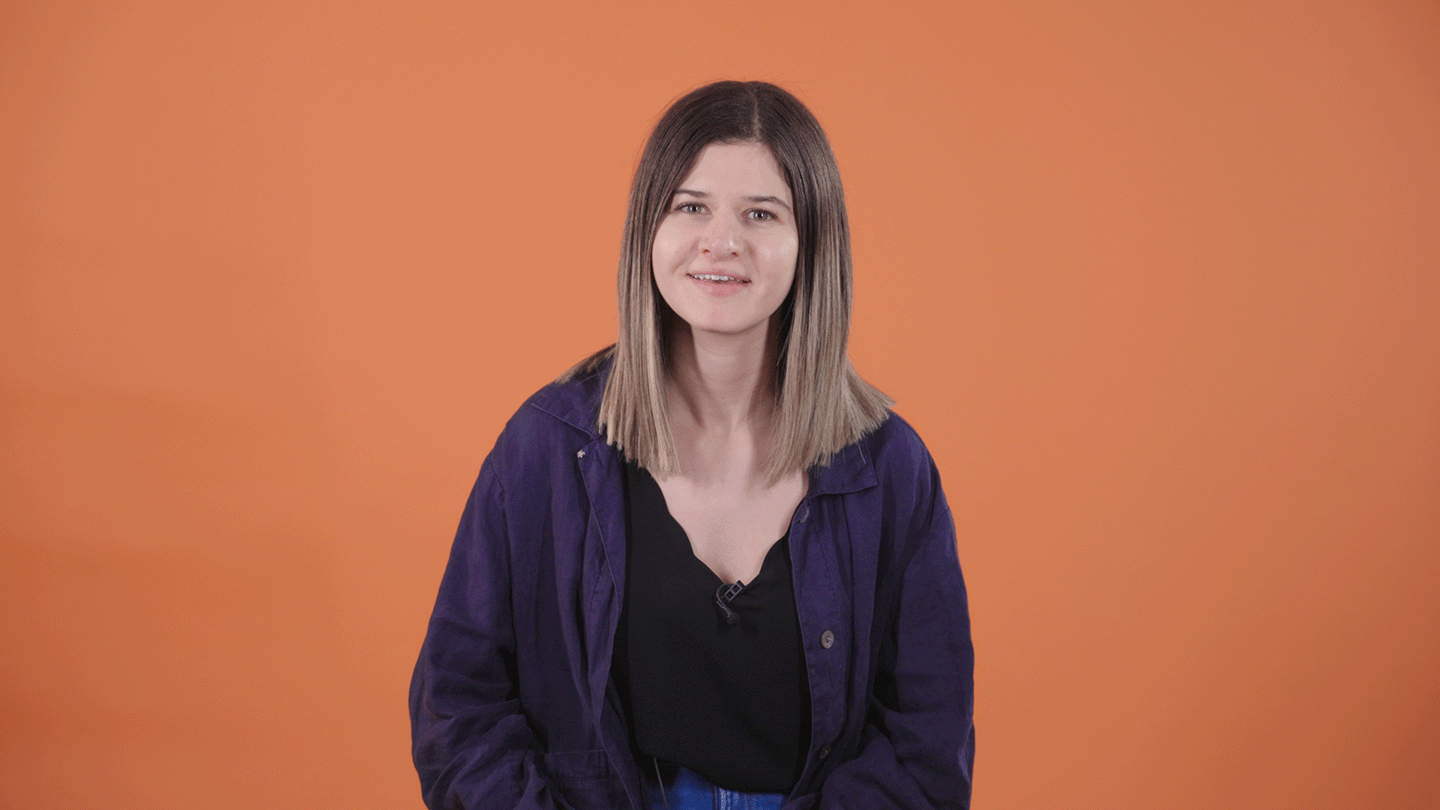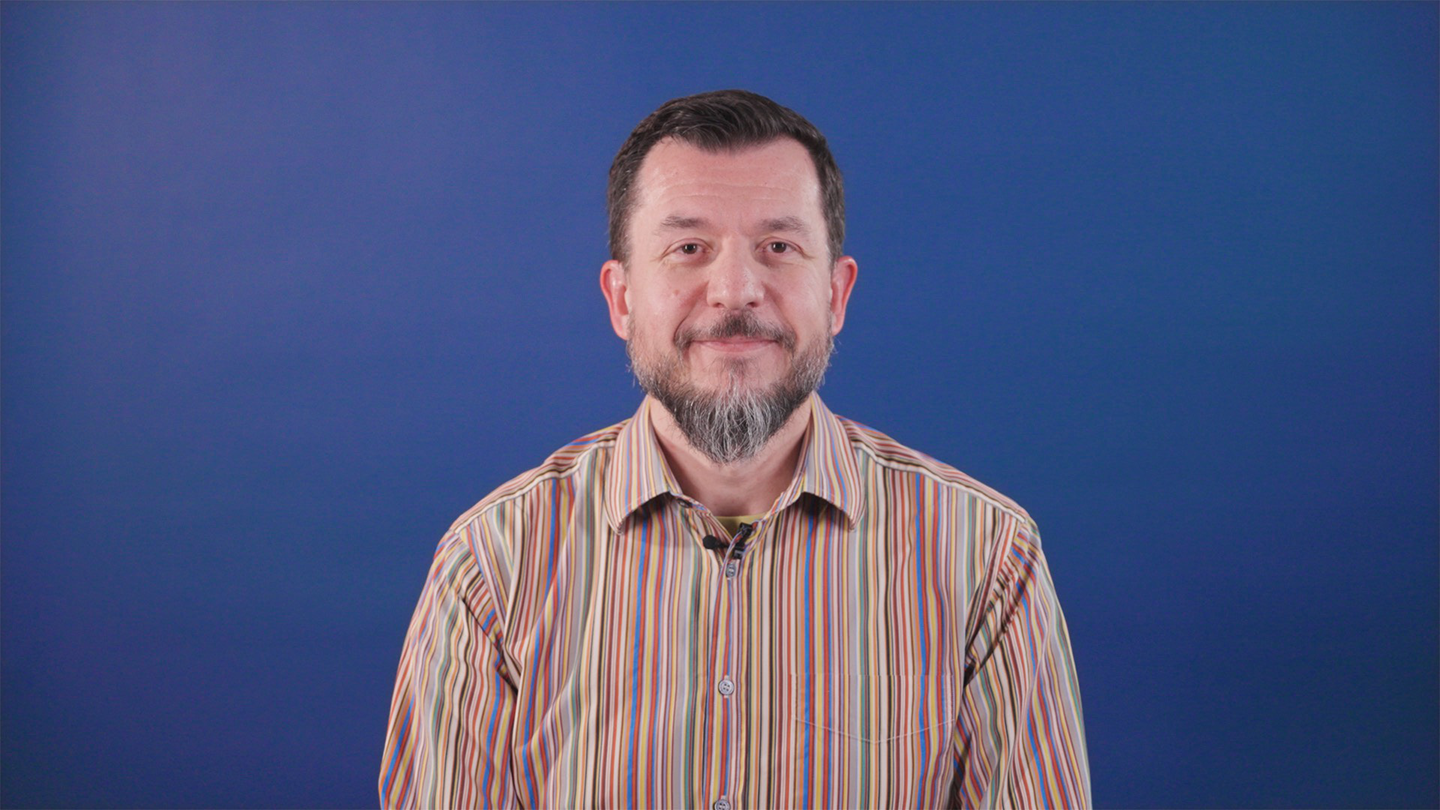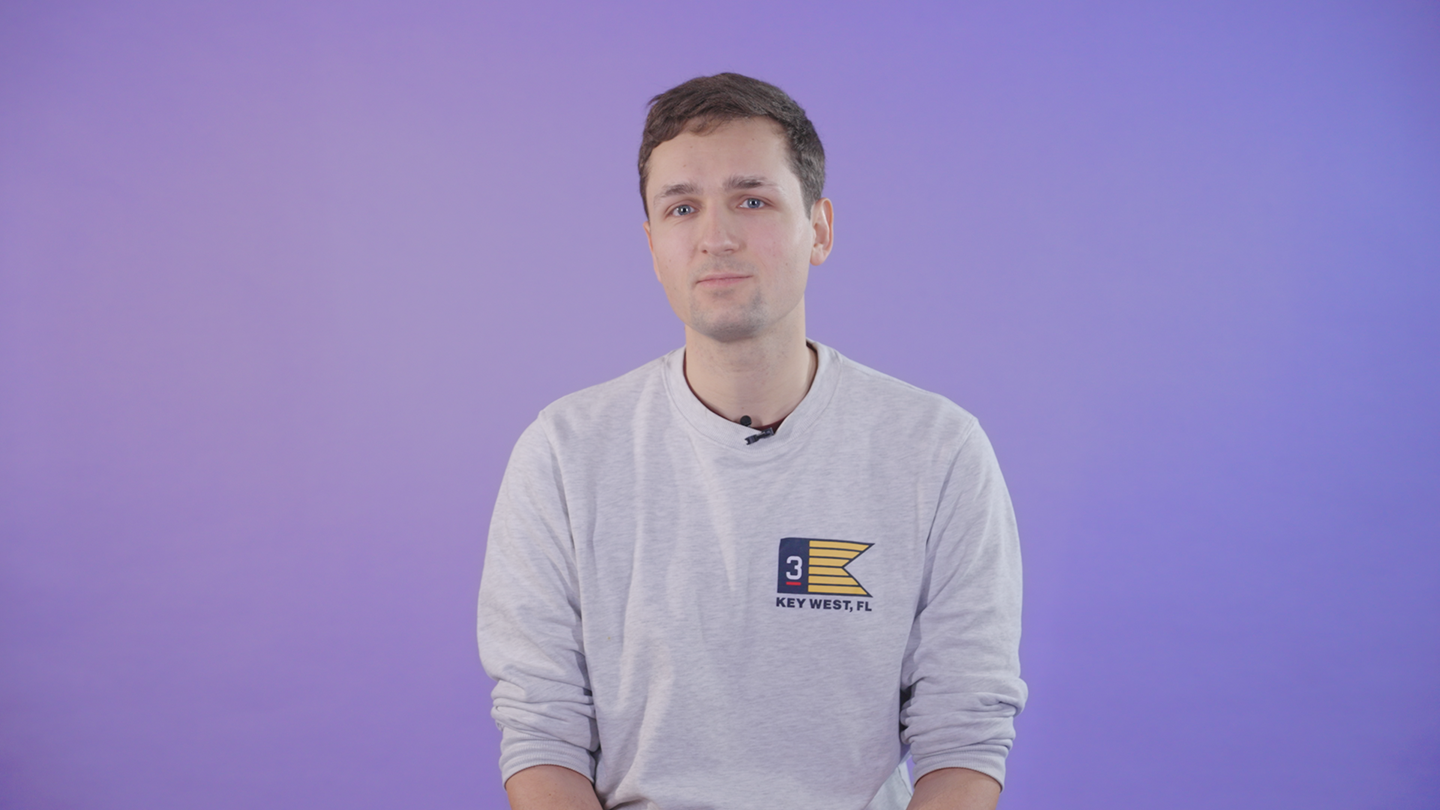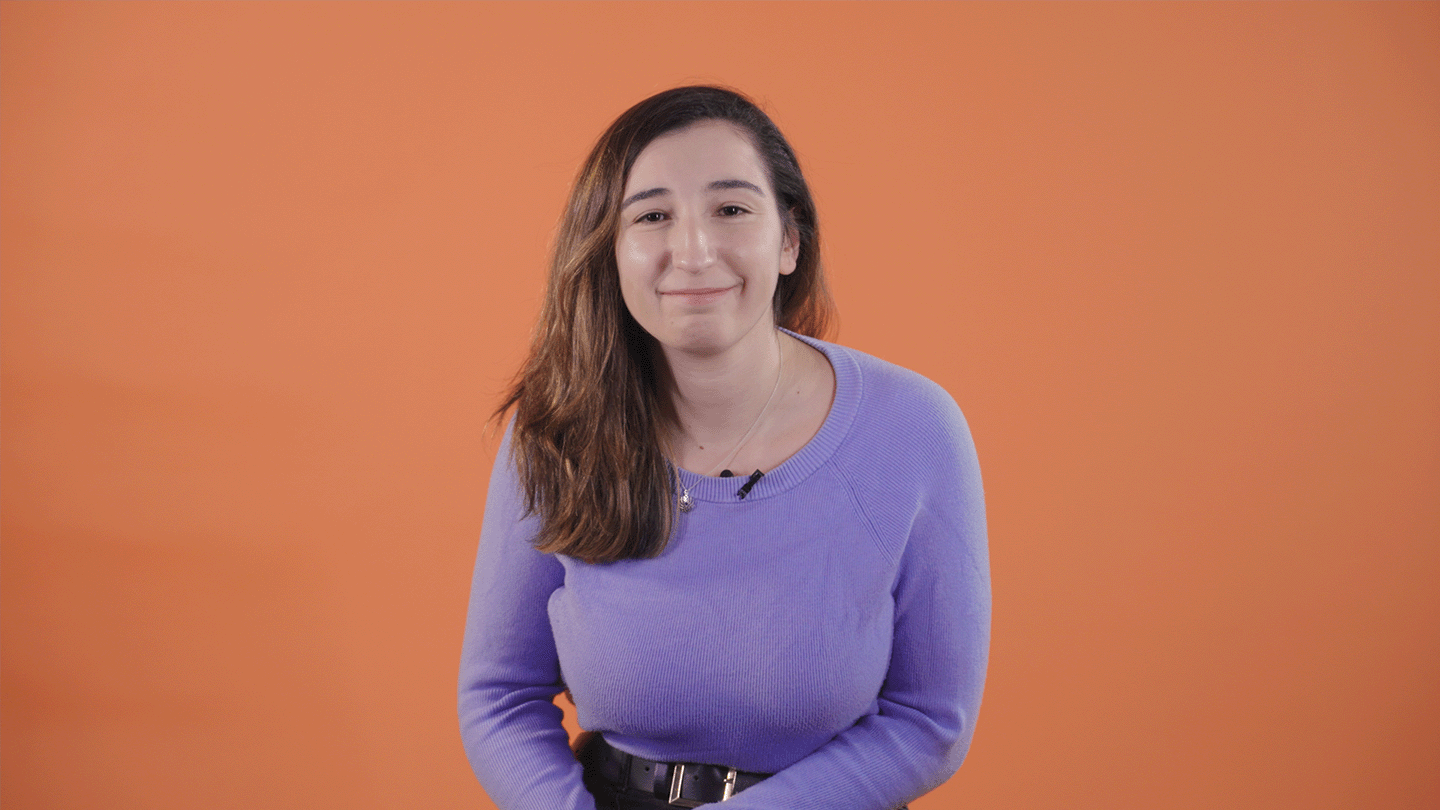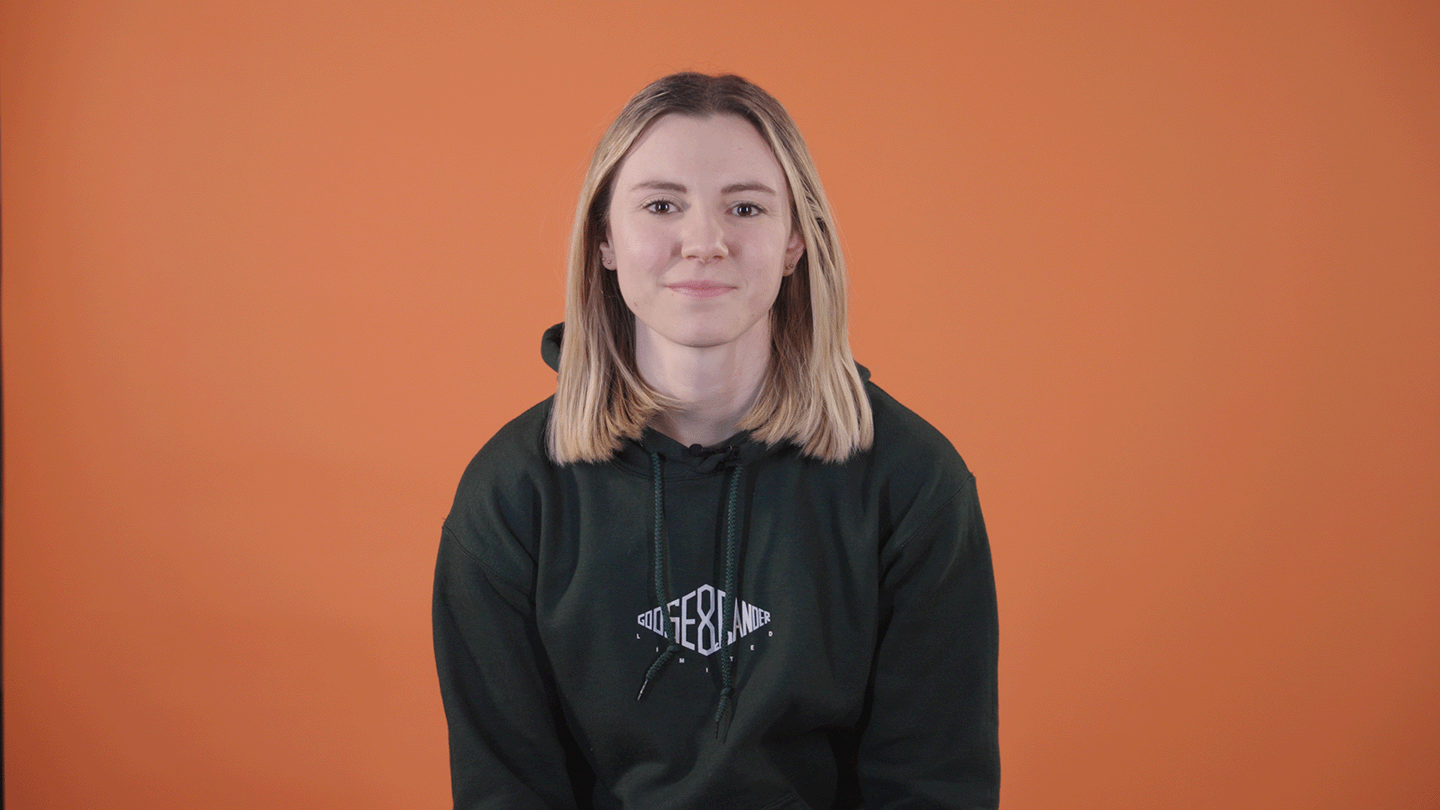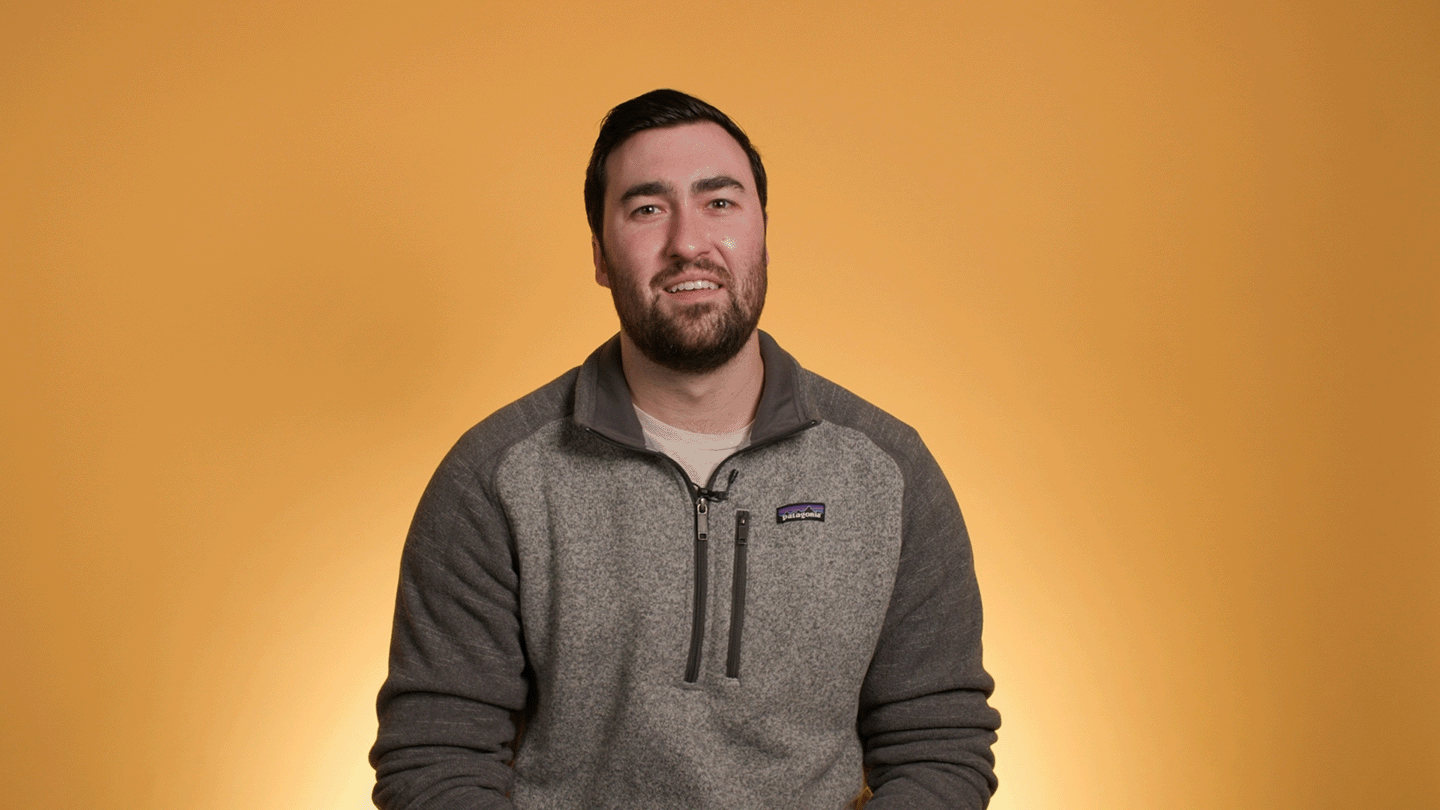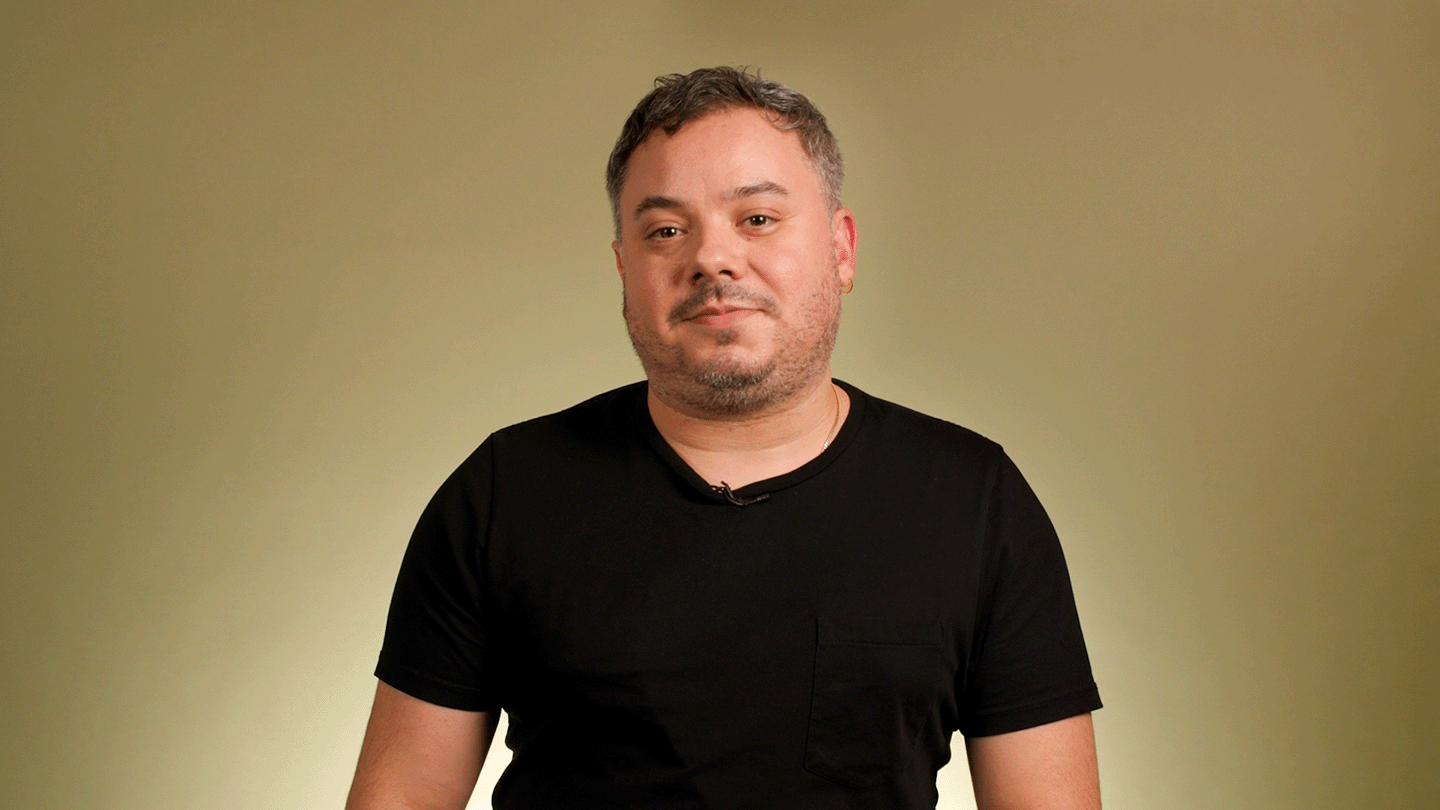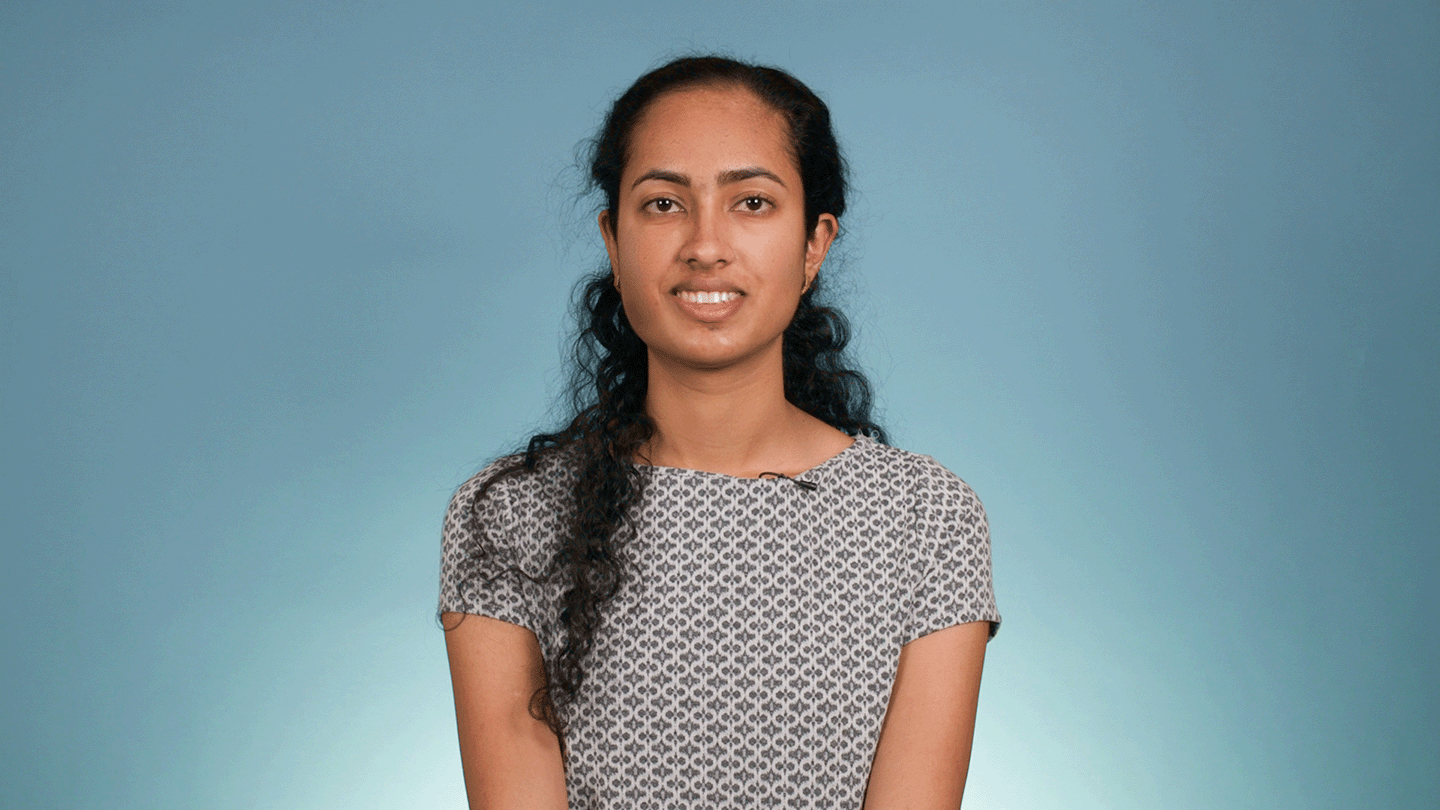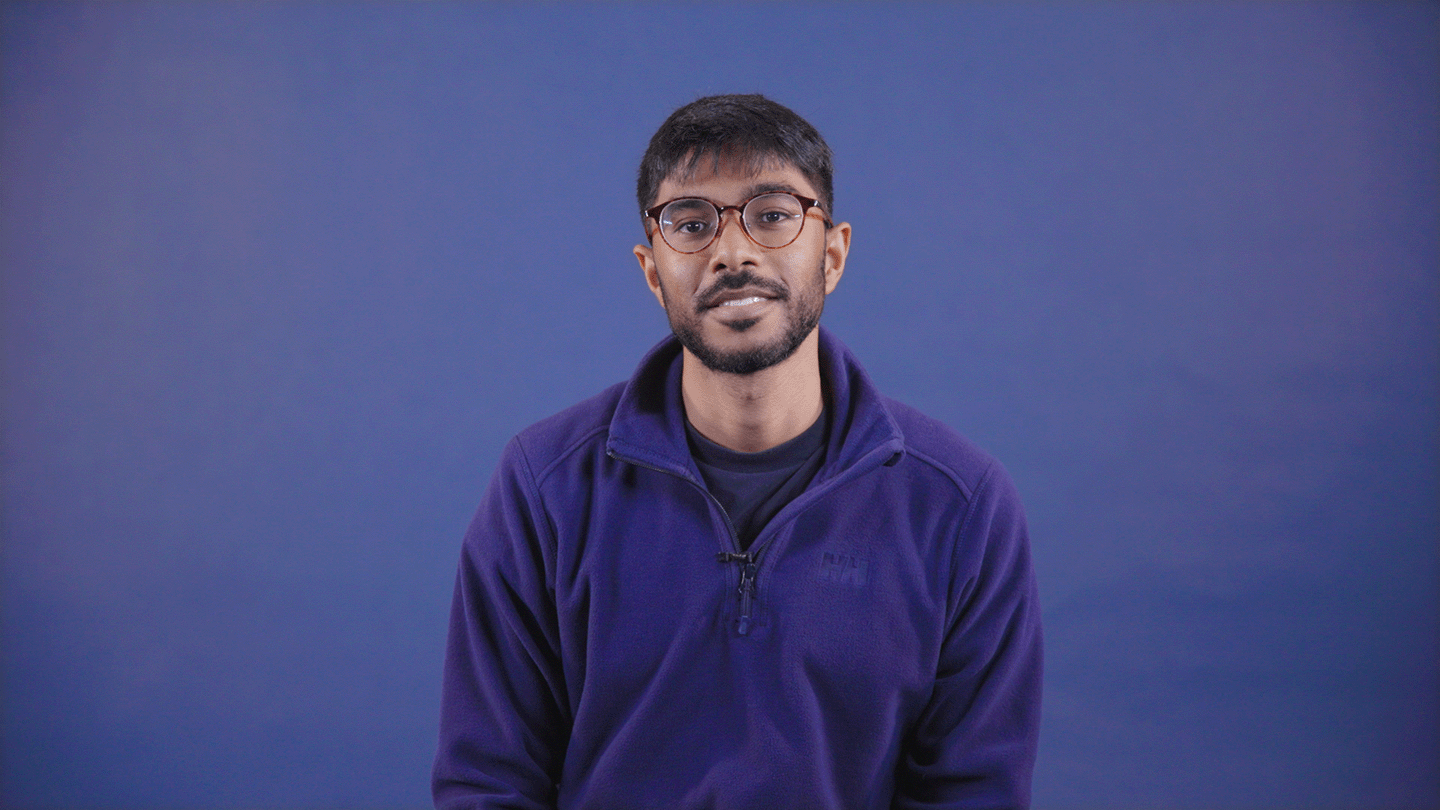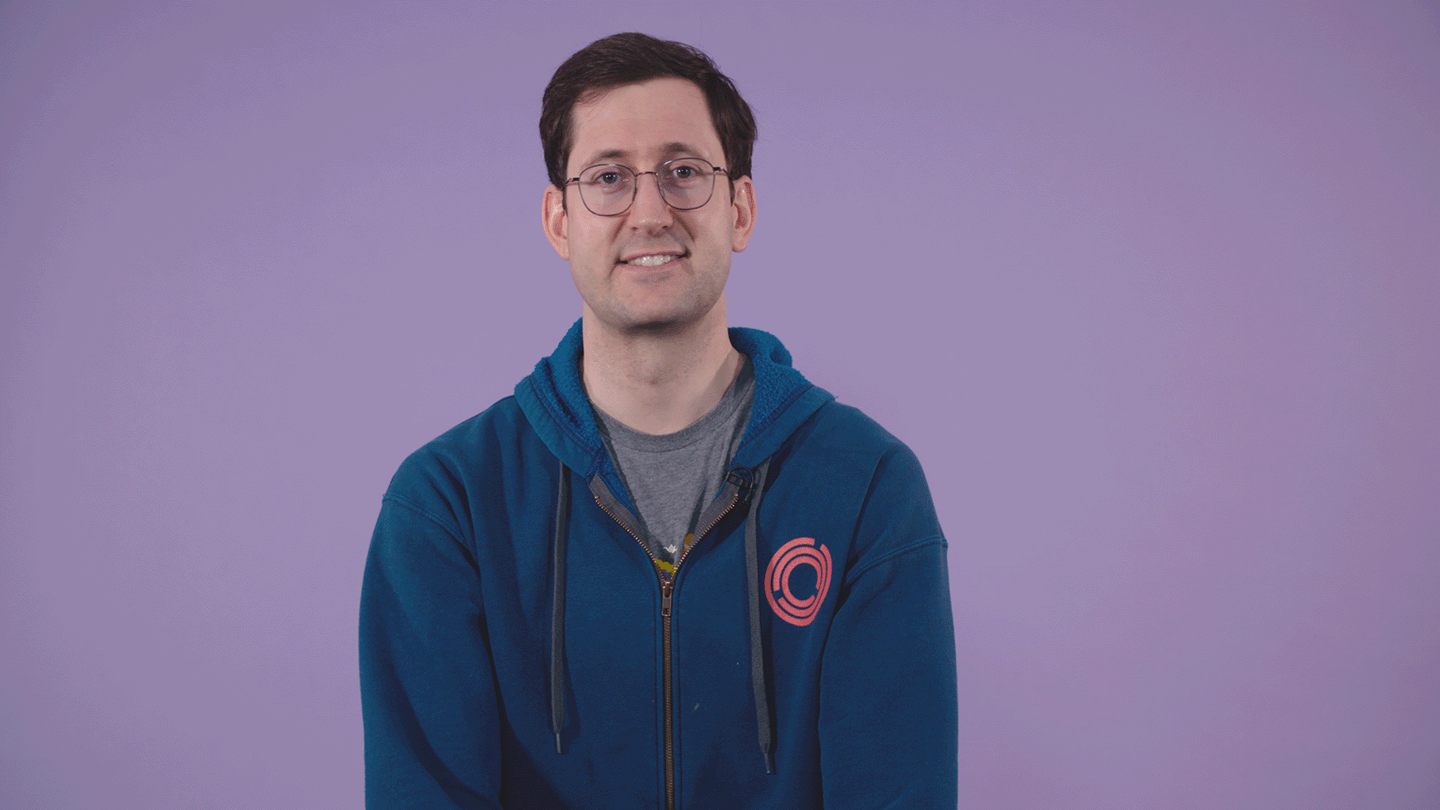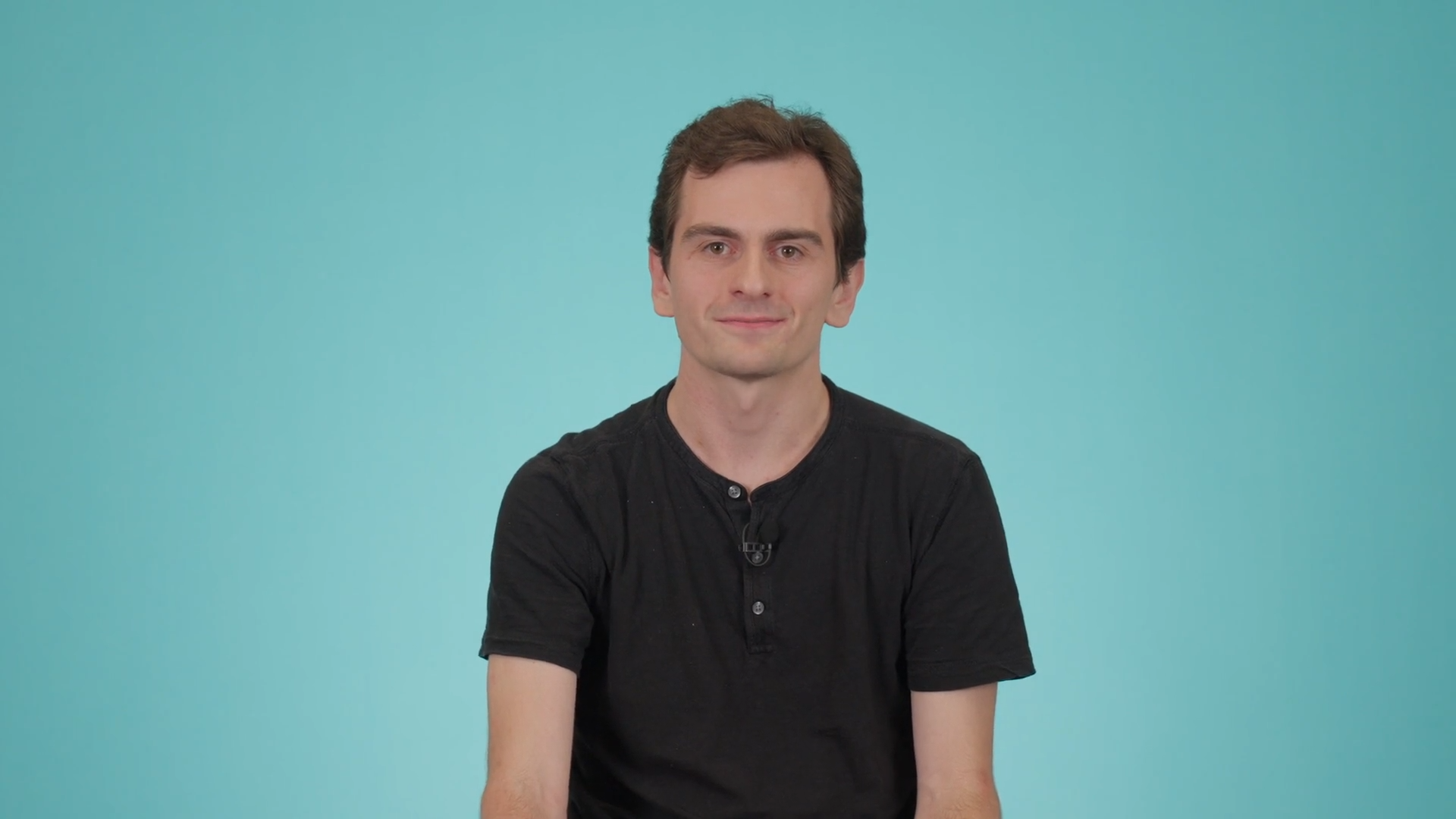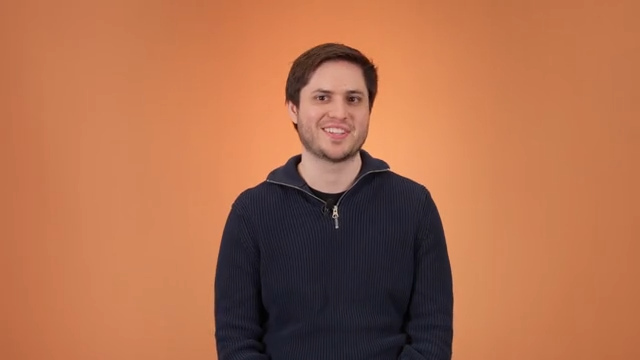Transcript
GET TO KNOW US | JANE STREET
My name is Nitya. I’m a quantitative trader here at Jane Street on the New York International ETFs desk and I’ve been a trader here since 2019.
WHAT CLASSES DO YOU RECOMMEND I TAKE?
In order to be a successful quantitative trader at Jane Street, I think it’s really important to take a serious fundamental probability class. It’s not very important to know a lot of fancy theorems, but what is important is to develop a really solid and deep understanding of the very basic concepts that are covered in an introductory mathematical probability class. I think this is probably the most important thing you can learn if you want to be a trader at Jane Street. Learning how to program is extremely useful, although not strictly necessary since you can learn it on the job. But I think beyond that, I would just encourage you to, in college, find whatever area — physics, computer science, math — whatever area you’re excited about that’s quantitative and just take the hardest classes you can. I think that working on really hard problems prepares you to work on really hard problems more generally. In the same way, I think I’d give an analogy, that D1 athletes spend a lot of time in the gym just sort of building up their muscles. And I think the same way you can build up your problem-solving skills.
WHAT TYPE OF TRAINING DO NEW TRADERS GO THROUGH?
New traders have a pretty extensive training process. Traders begin with a full month of OCaml and Python bootcamp and concurrently are learning on the desk. A lot of trader training afterwards comes in the form of mock trading and weeks where different desks take over and teach traders a little bit more after hours about what it is that that part of the firm does.
WHAT IS YOUR DAY-TO-DAY LIKE?
My day-to-day varies a lot. As a trader, I tend to actually spend the majority of my time doing research. Often, these are relatively short-term research projects about how we can improve our trading or models we can build, looking at historical data and sometimes even seeing that research study all the way through to a trading idea. I spend about 20 to 30 percent of my time executing trades or monitoring automated or semi-automated trading systems. And I also spend a lot of time working on outreach efforts.
HOW LONG DID IT TAKE YOU TO FEEL FULLY INTEGRATED INTO THE WORK AS A TRADER?
I had real responsibilities at the firm very early. When I got here, we went through one month of OCaml bootcamp and we’re concurrently learning about the desk and about trading. Within a few months of joining, I was executing trades, and doing research. By the time I had been at the firm for six to 12 months, I was mostly coming up with my own ideas, thinking about research and projects and trades that I wanted to work on, and also thinking about ideas and projects that I think would be helpful and useful for the broader desk or other groups to work on as well.
IS WORKING AT JANE STREET EVERYTHING YOU EXPECTED?
Working at Jane Street has been even more exciting and fun than I thought it would be, but more importantly, it’s been way more collaborative. Coming to the firm, I thought I was going to be spending a lot of my time collaborating, but mostly with people who were on my desk or sitting very close next to me. Actually, I spend a lot of time working with them, but also I do a lot of projects and collaborate very closely with people across the firm — developers, traders, researchers in all different areas.

